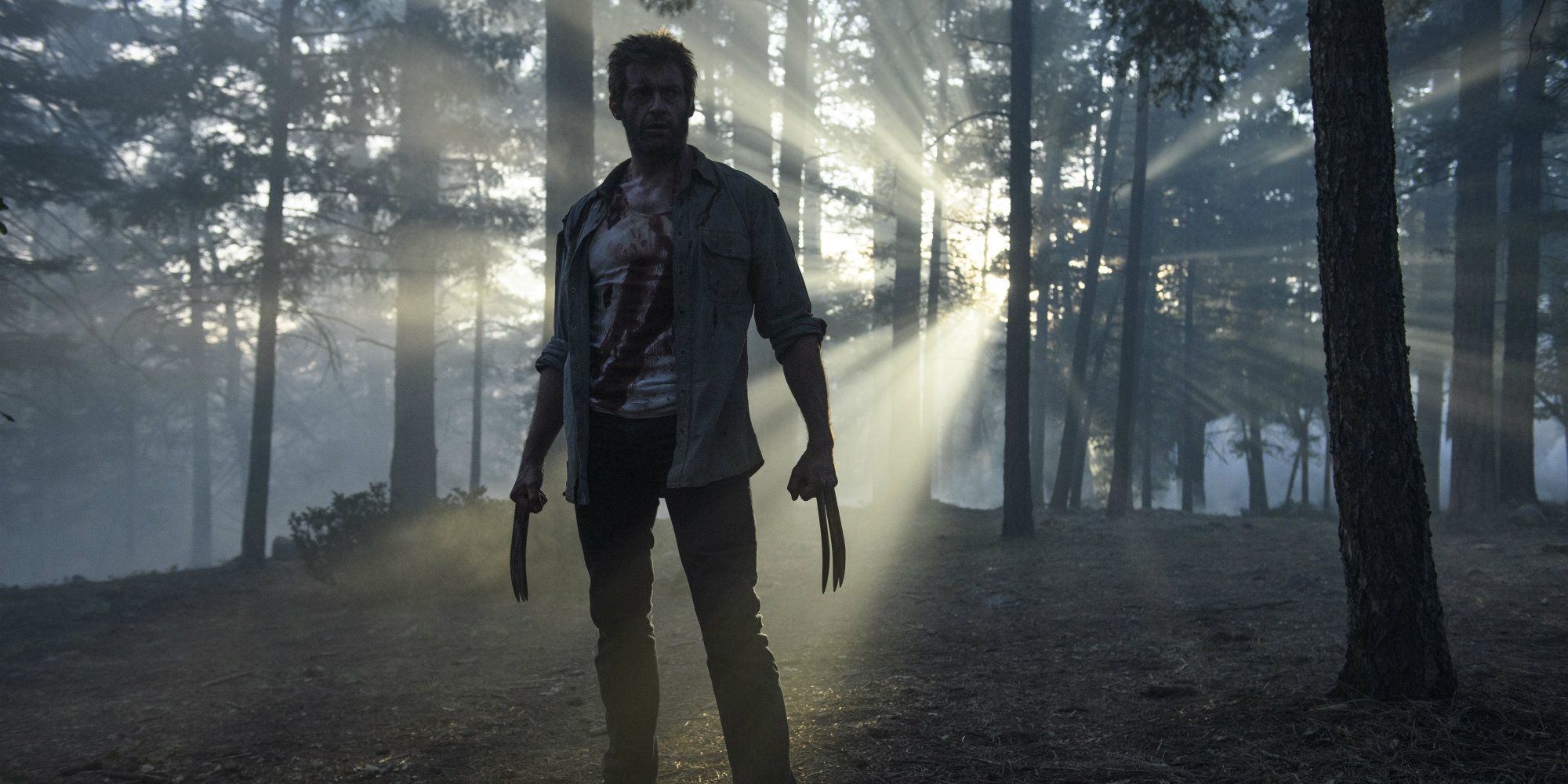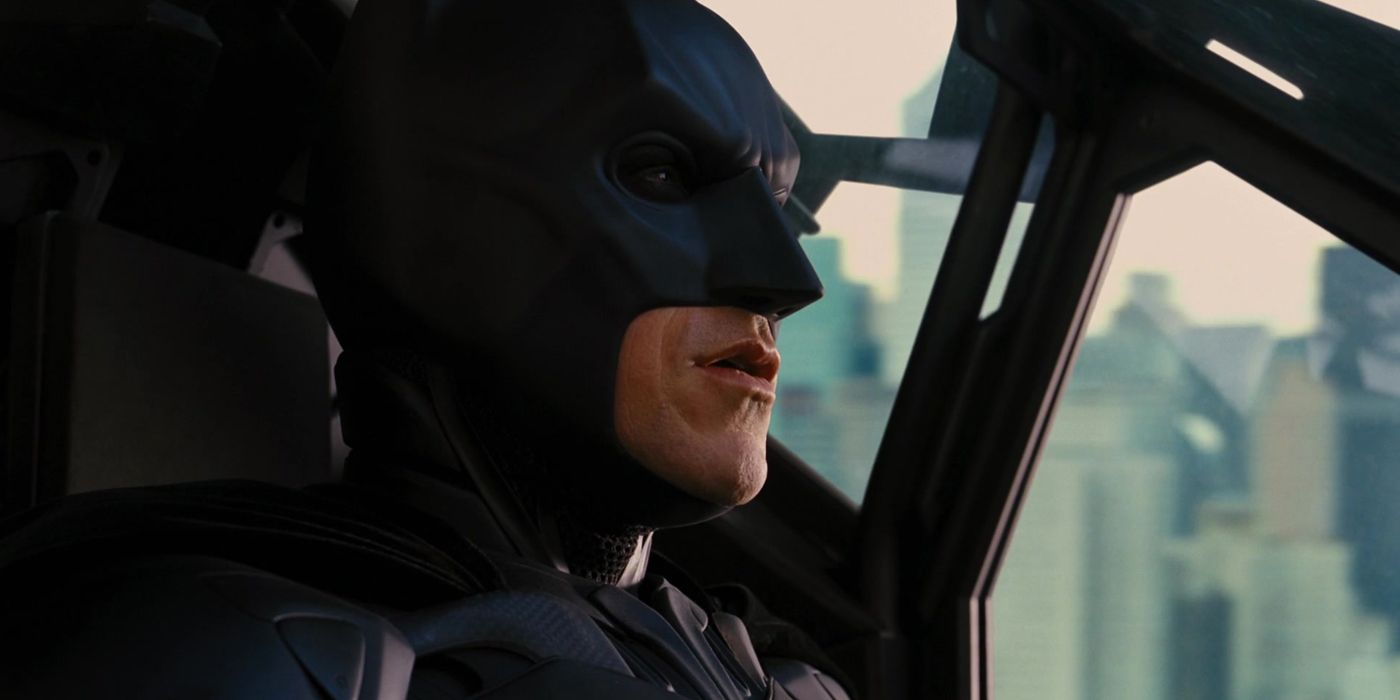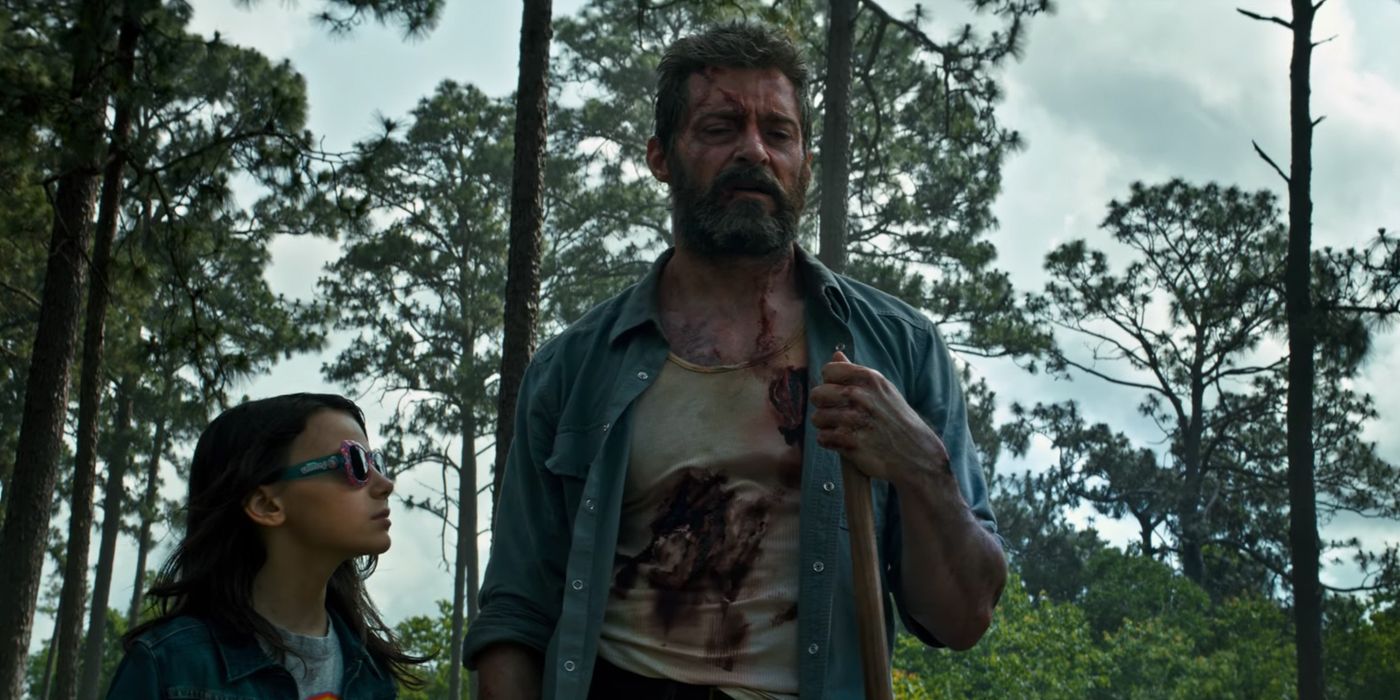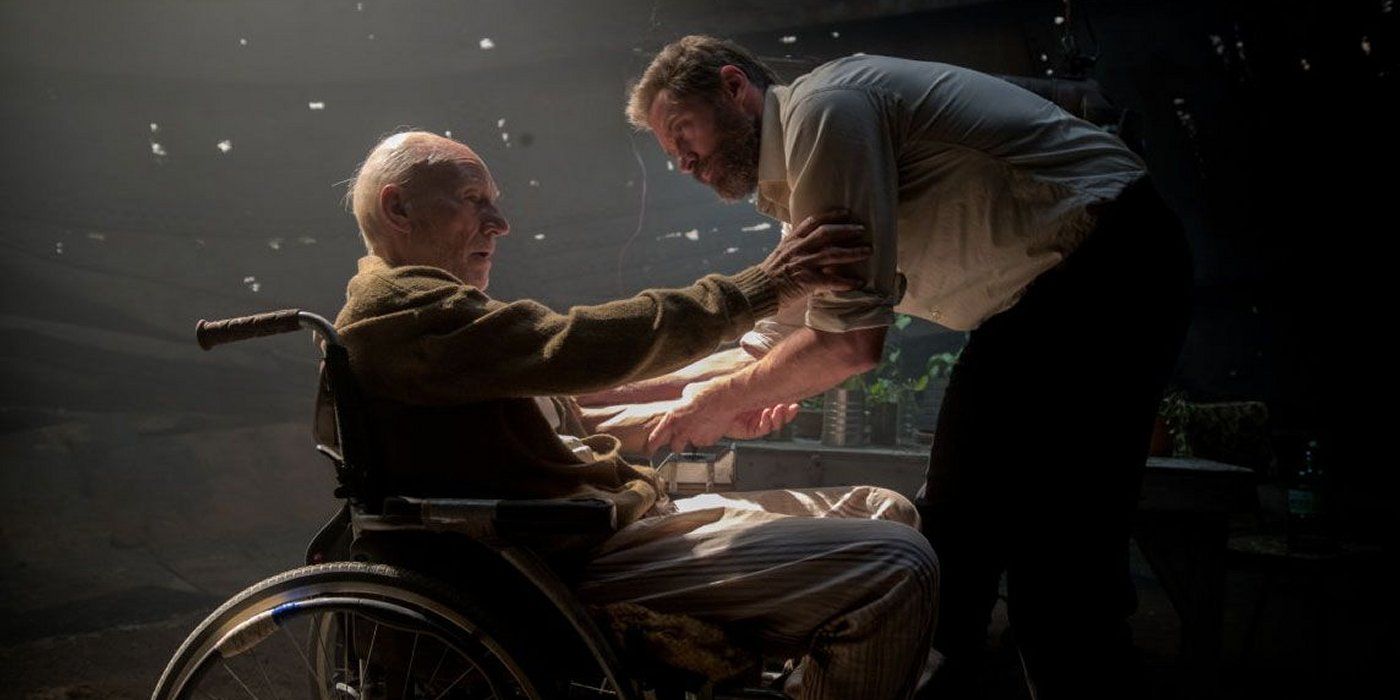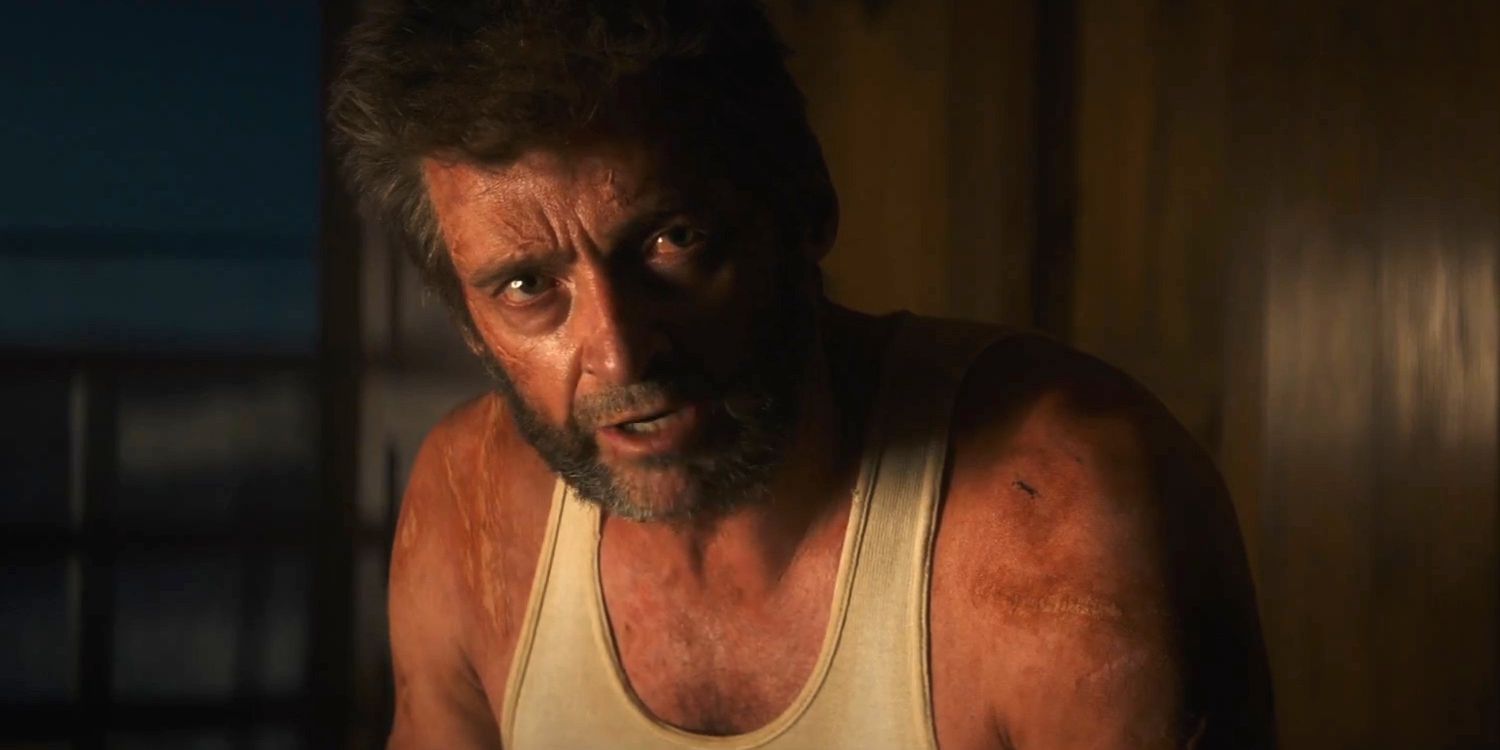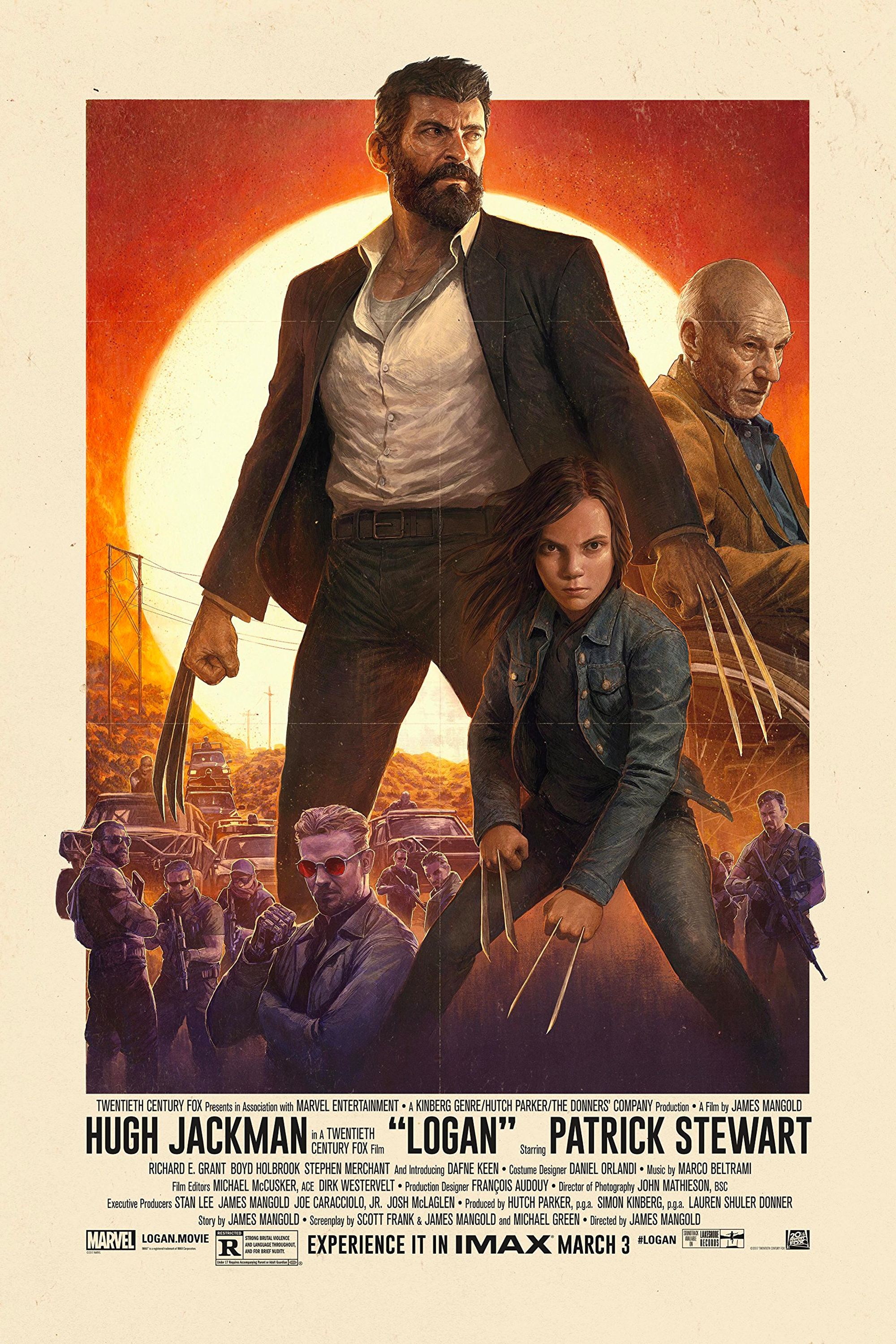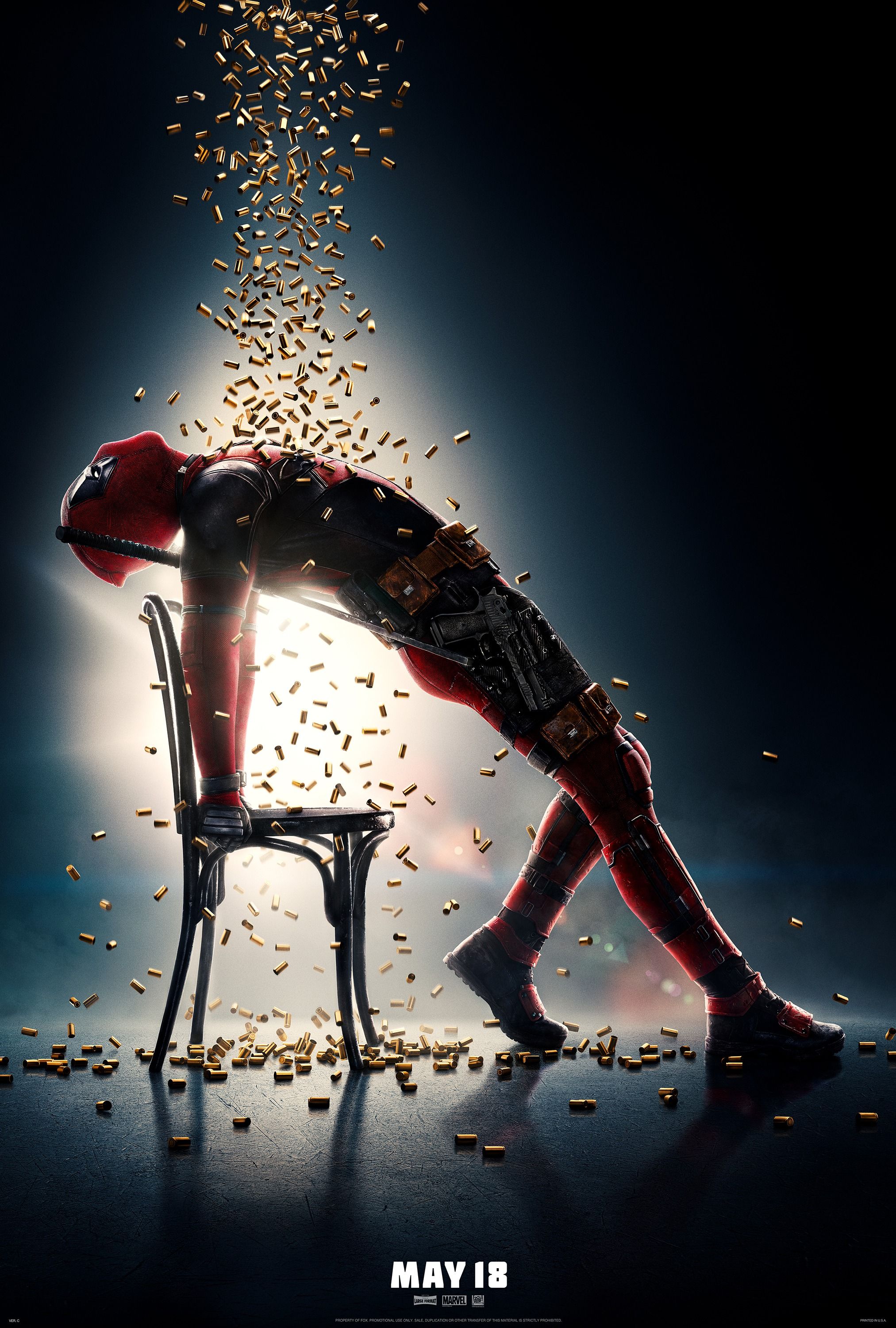Warning: Major SPOILERS for Logan ahead
-
Ever since it was suggested that Logan was going to be Hugh Jackman’s final film playing Wolverine, speculation has been rife that the character would die. In the landscape of endless franchises and legacy-quels, “never coming back” is really just PR spiel for “give me a few years”, but actually killing the character – even one in a franchise that has jumped around in time multiple occasions – would serve as a strong message that this really was the end of the Australian actor in the role that made him.
And the movie didn’t skim on that. At the end of Logan, Wolverine dies. Unquestionably dies. He’s killed, and not a single rock on his grave moves as a teaser for a possible return.
Throughout the film he’s been suffering from severe adamantium poisoning and coping with reduced healing capabilities, and in the finale that finally all proves too much. Already heavily injured from an earlier showdown with the rage-filled X-24, Logan takes on his clone in the hope of saving X-23 and her mutant friends and – further weakened by the come-down from the film’s enhancement serum – is swiftly bested. X-24 impales him on a log and, while Laura is able to kill the beast with an adamantium bullet, it’s too late; Logan dies in his daughter's arms, remarking “so that’s what it feels like”. In a heartbreaking epilogue, Laura tearfully delivers a eulogy based Shane, the film she bonded with Professor X over, and, before she heads to safety over the Canadian border, turns the cross over Wolverine’s grave to an X.
The simple act of killing such a long-standing character – Jackman has played Wolverine more times than any actor has played a comic book hero (although Robert Downey, Jr. is closing in) – would be enough to reduce multiple generations of movie goers to tears, but it’s not just that James Mangold killed Wolvie, it’s that he did in the absolute best way possible. Logan’s finale is, quite simply, perfect, achieving something no other superhero film has ever done.
The Problem With "Definite" Superhero Endings
One of the essential, but rarely discussed elements of franchise filmmaking is the illusion of finality. Studios want to make it feel like the audience has been on a complete journey, but don’t actually want to end it lest that get in the way of sequels. Now, more movies isn’t inherently bad, but it can often mean everything feels a bit inconsequential. Marvel have dealt with this expertly so far, managing to mix payoff and setup to just the right level; in May 2016, Captain America: Civil War felt like the culmination of everything so far, but a couple of years later it can be reframed as just a step on the journey to Avengers: Infinity War. The problem for the MCU comes after that event; where do they go from their culmination?
This has rarely been a problem in past as, traditionally, franchises don’t ever end, they just burn out – studios keep forcing out new story ideas until audience interest completely tapers off and even the vastly reduced budgets become unfeasible. As a rule, unless they're based on a finite source – see Harry Potter and The Lord of the Rings – franchises rarely actually end the story (and even in those adaptation cases studios found new ways to spinoff new adventures with Fantastic Beasts and The Hobbit). The only superhero franchise that ever willingly ended completely on its own terms is The Dark Knight Trilogy; Christopher Nolan is a unique blockbuster filmmaker in how he managed to tell a story with a clear beginning, middle and end when the narrative wasn’t rooted in some previous work.
Which brings us to the other problem with this finality illusion: when it comes to life-changing events such as death, you invariably know it will be undone, often before the end credits roll. This is a long-standing trope of comic books and something Marvel was lambasted for during its Phase 2 run where death fake-outs for major characters became commonplace. X-Men isn’t immune either, especially when it comes to Professor X (he’d died on screen twice before Logan). No film embodies this pervasive issue more than The Dark Knight Rises – for all its narrative finality, Nolan still played something of a bait and switch with the ending, teasing Batman’s death before revealing Bruce Wayne alive and well in the final moments. It works in the film because the whole legacy element makes the mantle bigger than one man, but it squandered a great opportunity.
Logan is the first superhero film that aims to be an unequivocal ending - the film's western inspirations made it seem possible we'd end ambiguously, with Wolverine walking off into the sunset, but Mangold sidesteps that and pulls it off in the most perfect way.
It’s The End Of A Single Movie First
Throughout the pre-release cycle, James Mangold and co. were keen to make a point of how Logan was going to be removed from the standard X-Men confines. This was widely accepted to be a way to avoid having to wrestle with the complicated continuity and enable a completely different tone to previous films, but is also true of how the movie approaches its narrative.
Logan is the closest to a standalone X-Men movie we’ve ever had. Going backwards, every other film operated on a presumed investment in what had come before: Apocalypse hinged on the events of earlier films and was full of references to events past; Days of Future Past was sold on being crossover; The Wolverine was a pseudo-sequel to The Last Stand; First Class was purposely contrasting to the original trilogy; Origins: Wolverine was a prequel that relied on foreknowledge; the original trilogy had the underlying Phoenix arc.
The new film straight-up ignores all that; aside from references to the Statue of Liberty fight at the end of the first film, there’s no previous understanding required. Any key events in the characters' past – the death of mutants, the X-Men’s comic fame – were created explicitly as part of the film’s backstory and everything that happened in the story itself was entirely self-contained, and this goes all the way through to the end.
Wolverine’s death can fundamentally be said to be the climax of an arc begun in Logan; every tear-inducing step is the payoff of something explicitly setup in this film. The third act sees him go back on his nomad ways, choosing to save the children from Rice at the cost of his health because it’s the right thing to do, and his sacrificial distraction is strong because that’s not how he was established two hours earlier. His dying words tie into his regret over the amount of killing he's done, while X-23’s eulogy and cross flip are rooted in her journey and the discussion of the X-Men legacy. In short, Logan can be your first X-Men film and you’ll still be able to understand everything that’s in there. In the landscape of shared universes, that is something beautiful.
It’s worth stating that the same is true of Professor X’s death. He is stabbed in the chest by X-24 and bleeds out dreaming of the boat that he and Logan were going to live on. Everything is from this single story and this is reflected in how the whole thing plays out incredibly quickly; in the context of this movie, Professor X is a supporting player – the grandfather’s death is a step on the journey and is treated as such.
The End Of An Era
All that said, let’s not kid ourselves. Logan's actual story is self-contained, but the film – and Wolverine’s death explicitly – is elevated by being a part of a bigger franchise. It’s the tenth X-Men movie (counting Deadpool), the ninth to feature Wolverine and the eight with Professor X (sixth for Patrick Stewart’s Professor X). It’s the end of Hugh Jackman’s seventeen-year run as one of the most iconic characters in superhero cinema (and possibly the same for Stewart); his death is, without a hint of hyperbole, the end of an era.
And the film pitches that perfectly. Every single theme that it raises early on and realizes with the ending can be threaded back through to earlier performances of the character. He always stood apart from the X-Men convention, resisting his surrogate family, so their death looks large and his eventual heroism is final acceptance that he can't let bad guys win. There are little accentuations in the story that payoff deeper knowledge too; Logan dies mere miles from his homeland, a further bittersweet layer to Laura’s escape, and the power of the "X" on the tombstone speaks for itself. There's an emotional gut punch to the ending enabled by context, and the movie knows exactly which strings to pull.
The franchise makeup also helps the film get around having any niggling “this won’t stick” concerns like with Nick Fury’s death in Captain America: The Winter Soldier. It doesn't really need saying that this isn’t the end of the wider X-Men franchise, and if anything, the film’s critical and commercial success highlight how the series can continue to grow. Directly, Laura and her band of mutants offers an avenue worth exploring beyond Logan’s end, and because of how the film's positioned in the franchise – it’s far enough in the future to avoid getting in the way of any of the other planned stories - the other directions (the main series, New Mutants, Deadpool) can continue unencumbered.
But knowing there's more doesn't hurt the ending. Like how Logan opts to tell its story through character over a complex narrative, so too is that why the death is effective; it’s an end on a thematic level, trading in emotional resonance over excitement, and that there'll be more adventures in the series really only reaffirms Fox don't actually need to keep going back to this well.
Conclusion
Taking everything in, the best contrasting point to Wolverine’s death is Batman v Superman. At the end of Dawn of Justice, Superman sacrifices himself to kill a rampaging Doomsday, getting stabbed by one of his bone protrusions while attacking the monster with Batman’s kryptonite spear, while in Logan Wolverine distracts X-24 to allow the children to escape and dies when being impaled on a tree trunk. The rest of both films are structured around the characters' funerals, with a final, character-embodying shot of the grave. Yet one is a widely derided attempt to the adapt an already divisive comic arc, the other a masterful tear-jerker, and the qualities we've discussed are exactly why there's this distinction.
Obviously, we know in Dawn of Justice that Supes will return (dirt rises from the grave and, besides, the character is established as a key part of Justice League) so there’s little emotional tension (there’s the core problem with the illusion of finality), but the whole plot conceit doesn’t work because there’s little actual weight behind it. By the end of Batman v Superman we’ve spent the better part of five screen hours with Kal-El, yet who he is as a person is yet to be successfully conveyed. There’s only ever an illusion of development, with no real discernable difference between the Supes with the spear to the one in the desert or being told to let people die by Pa Kent.
Logan understands its character, where he comes from, what he means to the audience and his relationship with his surrogate daughter, so when he gives his life up at the end it’s not just an effective isolated moment, but a deserved emotional crescendo that completes the journey. Whether that journey began for you in 1974 with the tease of Wolverine in The Incredible Hulk #180, in 2000 with the first X-Men, or just two hours earlier with Logan’s opening credits doesn’t matter; its final, with not a hint of illusion.

